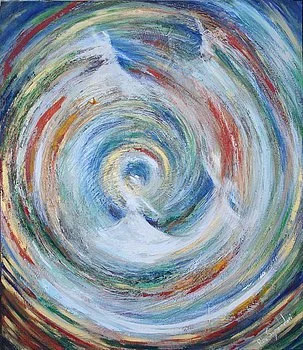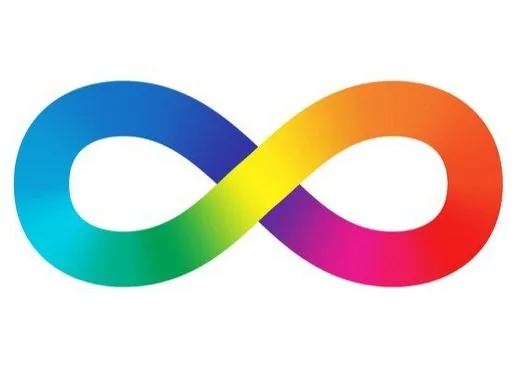
OUR INITIATIVES
Solving Complex Problems:
The Power of Creativity and Neurodiversity
As we transition toward a paradigm shift, the creativity crisis represents a critical concern. Creativity is indispensable to solving wicked problems and requires significant investment of financial, intellectual, social, and cultural capital.
“I think the problem of the management of creative personnel is both fantastically difficult and important. I don’t quite know what we are going to do with this problem … . The kind of creative people that I’ve worked with are people who are apt to get ground up in an organization, apt to be afraid of it, and apt generally to work off in a corner or in an attic by themselves. The problem of the place of the ‘lone wolf’ in a big organization, I’m afraid, is your problem and not mine.”
What the pandemic demonstrates is that this is everyone’s problem. Our paradigmatic crisis may be rooted in the prevalent organizational architecture that precludes the participation of creative agents. Bill Gates was among those who predicted the pandemic (Ted Talk). Our moonshot initiative is dedicated to mapping out the barriers that could have translated the predictions into prevention.
Creativity is indispensable to solving wicked problems. However, the existing organizational model is not appropriate for solving such problems since it is not capable of accommodating transformational creativity. One population endowed with creativity due to their neurological variance are the neurodivergent people. They may be in an excellent position to solve the persistent complex problems that the neurotypical population has been unable to solve. Yet they are either excluded, exploited or both without recourse to legal representation. Human rights organizations have paid scant attention to the systematic human rights violations against neurodiverse populations.
Forms of Creativity
Professor Margaret Boden, Research Professor of Cognitive Science at the University of Sussex Department of Informatics, distinguishes three distinct forms of creativity:
Exploratory
Combinational
Transformational (creates new conceptual spaces and invents new domains)
In his seminal article in The Atlantic, Harvey Blume underscores the foundational value of neurological diversity, noting “Neurodiversity may be every bit as crucial for the human race as biodiversity is for life in general. Who can say what form of wiring will prove best at any given moment?” The problem is that those whose brains are wired for solving the wicked problems we face rarely fit into the existing organization architecture and are routinely screened out or disposed of by outdated HR systems.
In her post, Dr. Marlo Goldstein Hode explains how communication barriers contribute to the inability of neurodiverse and neurotypical people to effectively collaborate.
Many experts agree that Leonardo Da Vinci benefited from what we now diagnose as ADHD (see Smithsonian article). Further, there is an abundance of scientific evidence establishing the link between creativity and neurodiversity: Holly White, 2019; Olivier Girard-Joyal and Bruno Gauthier, 2021; and Sue Wilkinson, 2019. Despite the preponderance of evidence connecting neurodiversity to creativity, we have not fully benefited from such “diffabilities.”
Painting by Reza Sepahdari
The current progressive approach to neurodiversity is the strength-based model with a focus on improving employment outcomes. Expanded job opportunities certainly provide benefits for neurodiverse people and the society at large. Using a more expansive approach, we seek to benefit from the special attributes of ethical and creative neurodiverse people. Even if they are to pass the Herculean trials, slip by, and find themselves side-by-side the neurotypical masses, their abilities are unlikely to flourish since there are limited opportunities for them in existing organizational models to participate on their own terms to unleash their potential to unlock solutions.
Francis Fukuyama provides insights into key challenges of existing organizational models. “Traditional social groups are afflicted with an absence of what Mark Granovetter calls ‘weak ties,’ that is, heterodox individuals at the periphery of the society's various social networks who are able to move between groups and thereby become bearers of new ideas and information.” Ronald Stuart Burt’s concept of network brokerage across the structural holes also has implications for organizational innovation and transcending silos. Whether they be heterodox, creative agents, visionaries or neurodiverse people, we seek to invent new forms of organizational architecture capable of taping into their superpowers to solve wicked problems.
We seek to invest in appropriate mechanisms and resources necessary to overcome the limitations of a neuronormative system by providing intermediaries between neurodiverse and neurotypical counterparts. We seek to address this gap through our Access to Justice Initiative, which focuses on the urgent need for legal representation.


